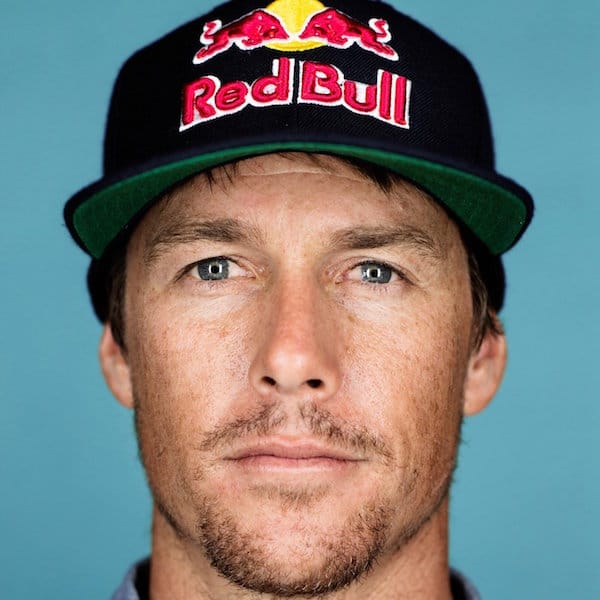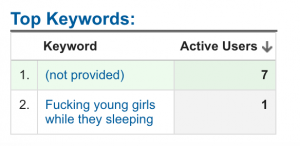Science backs up everything you’ve always guessed…
There’s nothing in this world that is sadder, or more hopelessly encouraged, than the late-in-the-game surfer.
Those wide eyes that see the ocean for the first time. The wallet that falls open in surf shops, gobbling up board after board, each buy returned with criticisms the shopkeeper earnestly acknowledges while laughing behind his back, while swiping the magnetic stripe of his credit card. Claims of barrels and airs made with the innocence of children.
You know all that. It’s a perennial. Like trade winds or the star jasmine flower that blooms all over Sydney in mid-October.
It was Gotcha who coined the phrase If you don’t surf, don’t start in an advertising campaign from the nineteen-eighties. But did you know that it is now an established… fact… that in almost every single instance it is impossible to be a good surfer unless you started riding waves seriously by the time you were thirteen? It’s only in these early years when life is freed from the complexity of love and work that the mind can feed on the examination of a difficult sport that requires constant thought and analysis. A kid will go to bed and dream of turns he’s never made. A twenty year old will be filled with thoughts of work, money, sex.
And that anyone who started between thirteen and seventeen will only ever be competent, a good competent, yes, but never what you would call a good surfer?
The definition of a good surfer, for our purposes, is this: someone who knows, instinctively, the feel of rocker and bottom curve under his feet, and who can adjust his stance and his approach to a wave accordingly. Manoeuvres, as they come into vogue, are easily absorbed into his repertoire. He can tuberide on both sides and he can, from experience, explain the varying characteristics of shock waves and foamballs. He may or may not be into competition but, at some point, he will have competed. He may never have picked up a longboard but, within an hour, it will be mastered. He may not necessarily enjoy big waves, but he’ll look comfortable in any size.
Now, for anyone who came in over seventeen, the bad news.
Surfing will always remain a mystery. You’ll only be able to ride certain boards. When you ride a wave you’ll nearly always outrun the pocket requiring three-chapter cutbacks. You’ll pause in the lip during takeoffs. You’ll never have that time-slowed-in-the-tube feeling. You’ll never snatch that feeling of surfing being… easy. But in return for your efforts you’ll experience moments of fun, and you’ll get the bonus of having better skin than the good surfers who’ve been getting cooked and basted in UV for the last twenty years.
Below, I present lines on the same graphs. The red line is the good surfer.
See how the graph explodes in those first few years. By the time he’s 15 the good surfer has the option, if he chooses, of becoming pro. After twenty, the graph plateaus. But notice how high it remains above the competent surfer in blue. His initial spurt is relatively high, but never reaches the heights of the good surfer.
Now, in pink, we see the late-to-the-game surfer. There is no sudden surge in ability, a small lunge upwards, but then a long-term plateau, and a plateau so far under the good surfer it makes any attempt to close the gap a futile, pointless charge.
Does this science ring true for you?













